lichenaday: Protoparmeliopsis peltata Brown rock-posyWe have…

https://ift.tt/2ybjpsN
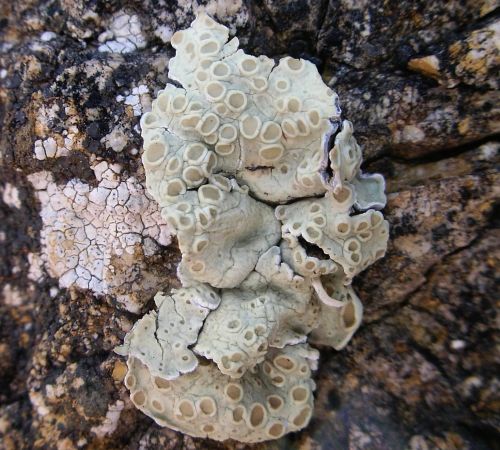
https://ift.tt/2ybjpsN

https://ift.tt/3bihMaS

https://ift.tt/3bihMaS
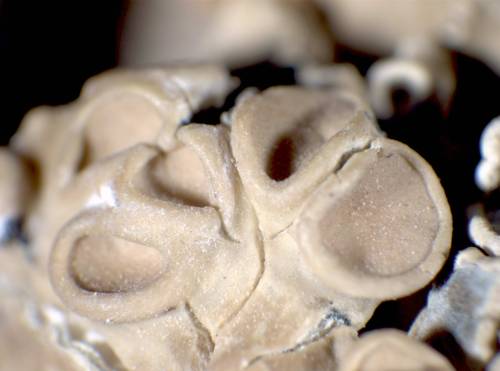
https://ift.tt/33JX8xL
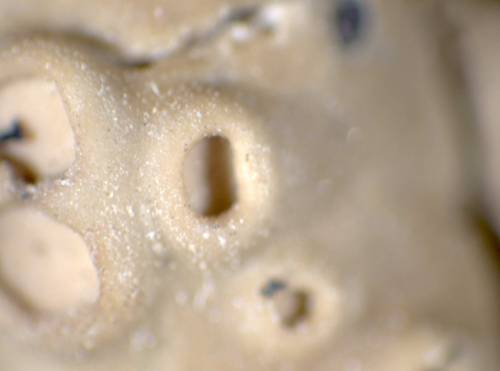
https://ift.tt/33JX8xL
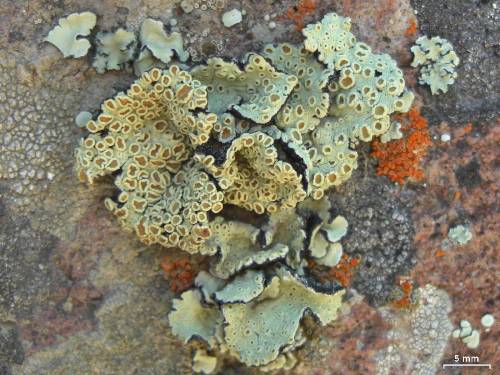
https://ift.tt/2xk2h3r
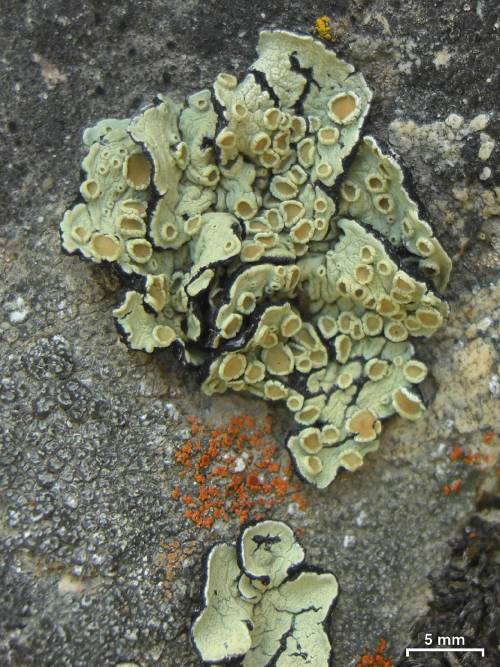
https://ift.tt/2QL9iRC

https://ift.tt/2wDYm1j
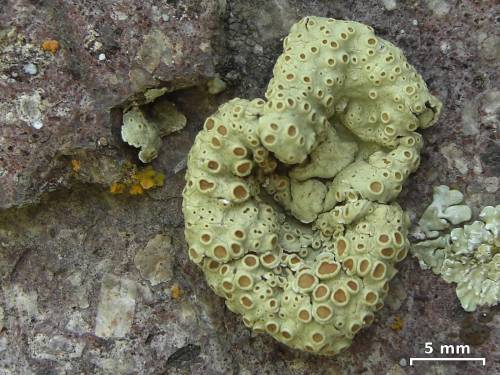
https://ift.tt/2wDYm1j
Protoparmeliopsis peltata
Brown rock-posy
We have these nice words for lichen thallus morphology–crustose, squamulose, foliose, fruticose–but lichens are rebels. They like to do their own thing and defy expectations. I am at a loss for how to classify the growth form of this P. peltata. It is umbilicate (meaning it is attached by a central hold fast) and can be monophyllous (made up of one main “leaf”) or lobate (made up of mutliple “leaves”). The thallus is usually plane to concave, and the margins are usually rolled downward away from the center. The upper surface is pale yellow or yellow-green, matte, and cracked. The lower surface is brownish, with bluish-black edges,and can be strongly crack toward the center. Apothecia are abundant, crater-like, and have an orangish disc. The apothecial margin is usually thalline (contains both mycobiont and photobiont), and cracked or crenulate around the disc. P peltata colonizes calcium-rich or siliceous steep rock surfaces in temperate, boreal, and mountain habitats. It has a disjointed range that stretches from S Europe to SW and central Asia, into N Africa, and throughout western North America. Besides being confusing morphologically, this little rebel is chemically variable as well. And on top of that, genetic analysis sorted this lichen into a new clade only 5 years ago. Keep us guessing, little friend. You make the world more interesting that way (and give us scientists something to study).
Reposted from https://lies.tumblr.com/post/613572600196743168.
